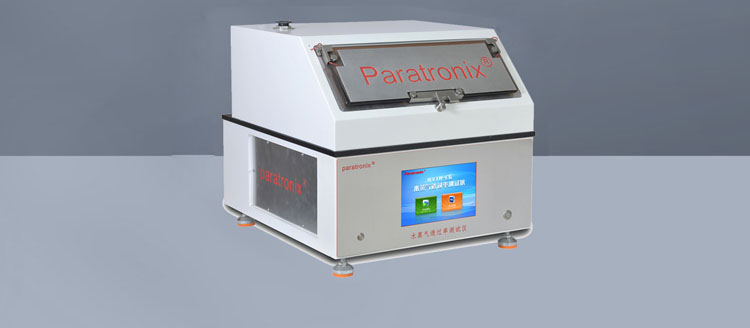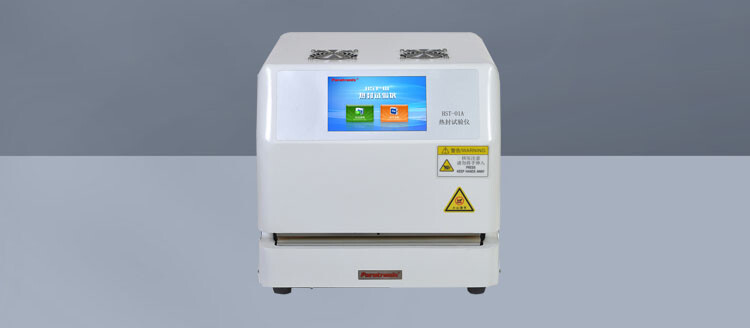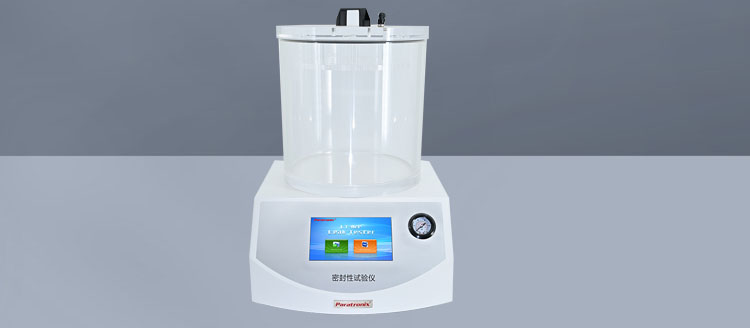Recent Posts
 Maintenance methods for thin film thickness detection instruments2025-12-15
Maintenance methods for thin film thickness detection instruments2025-12-15 Method for detecting the opening tension of food chain self sealing bags2025-12-03
Method for detecting the opening tension of food chain self sealing bags2025-12-03 Packaging industry testing instrument - moisture permeability tester2025-11-26
Packaging industry testing instrument - moisture permeability tester2025-11-26 What testing instruments are used for testing the heat sealing performance of thin films?2025-11-20
What testing instruments are used for testing the heat sealing performance of thin films?2025-11-20 Precautions for using negative pressure seal detector2025-11-10
Precautions for using negative pressure seal detector2025-11-10
Introduction
ASTM D 642 is a widely recognized standard developed by ASTM International, which provides a method for evaluating
the compressive resistance of shipping containers, components, and unit loads. This test is crucial in the packaging and
logistics industries to ensure that containers can withstand stacking and compressive forces during storage and
transportation.
Testing instruments:SCT-E1 Packaging Pressure Resistance Tester

Test Procedure
The ASTM D 642 test involves the following key steps:
Sample Preparation
Select representative samples of the container or unit load.
Condition the samples at a standard temperature and humidity (as per ASTM D 4332) if necessary.
Test Setup
Place the test specimen on a compression tester (such as a universal testing machine).
Apply a compressive force at a controlled rate (typically 0.5 ± 0.1 inches per minute).
Force Application
Continuously apply force until the specimen collapses or reaches a predetermined deformation level.
Record the maximum load sustained before failure.
Data Analysis
Calculate the compressive strength and compare it against industry or customer requirements.
Evaluate deformation characteristics to assess structural integrity.
Significance of ASTM D 642
Quality Assurance – Ensures packaging meets strength requirements for safe transportation.
Cost Efficiency – Helps optimize material usage without compromising protection.
Regulatory Compliance – Many industries require adherence to ASTM standards for certification.
Performance Benchmarking – Allows comparison between different packaging designs.
Conclusion
ASTM D 642 is an essential test method for evaluating the compressive strength of shipping containers and unit loads.
By following this standardized procedure, manufacturers can enhance packaging reliability, reduce damage risks, and
improve supply chain efficiency.
For accurate results, it is recommended to conduct testing in certified laboratories using calibrated equipment and
trained personnel. Compliance with ASTM D 642 helps maintain high packaging standards in a competitive market.
Leave A Reply
Search by Keywords





